Amidst the urgency of addressing global challenges and the escalating impact of climate change, COP28 has become a pivotal platform for advancing sustainability. In the realm of sustainable architecture, bamboo building materials have emerged as a beacon of promise. These materials are locally sourced, eco-friendly, low-carbon, and possess remarkable carbon-sequestering properties. Leading the charge in this movement is dasso, a global powerhouse with eight production facilities strategically located in China, home to the world's largest bamboo reserves. At COP28, dasso takes center stage in the Blue Zone, championing the cause of sustainable architecture.
In a bid to inspire collaboration and discussion on the future of sustainable architecture, dasso extended invitations to developers and designers worldwide. A pivotal event unfolded on December 11, 2023, as dasso hosted a groundbreaking roundtable discussion entitled "Sustainable Transformation and Experience of Green Buildings." Architects and developers from around the globe converged to engage in dialogue about the pivotal role that building materials and architecture can play in advancing sustainable development.
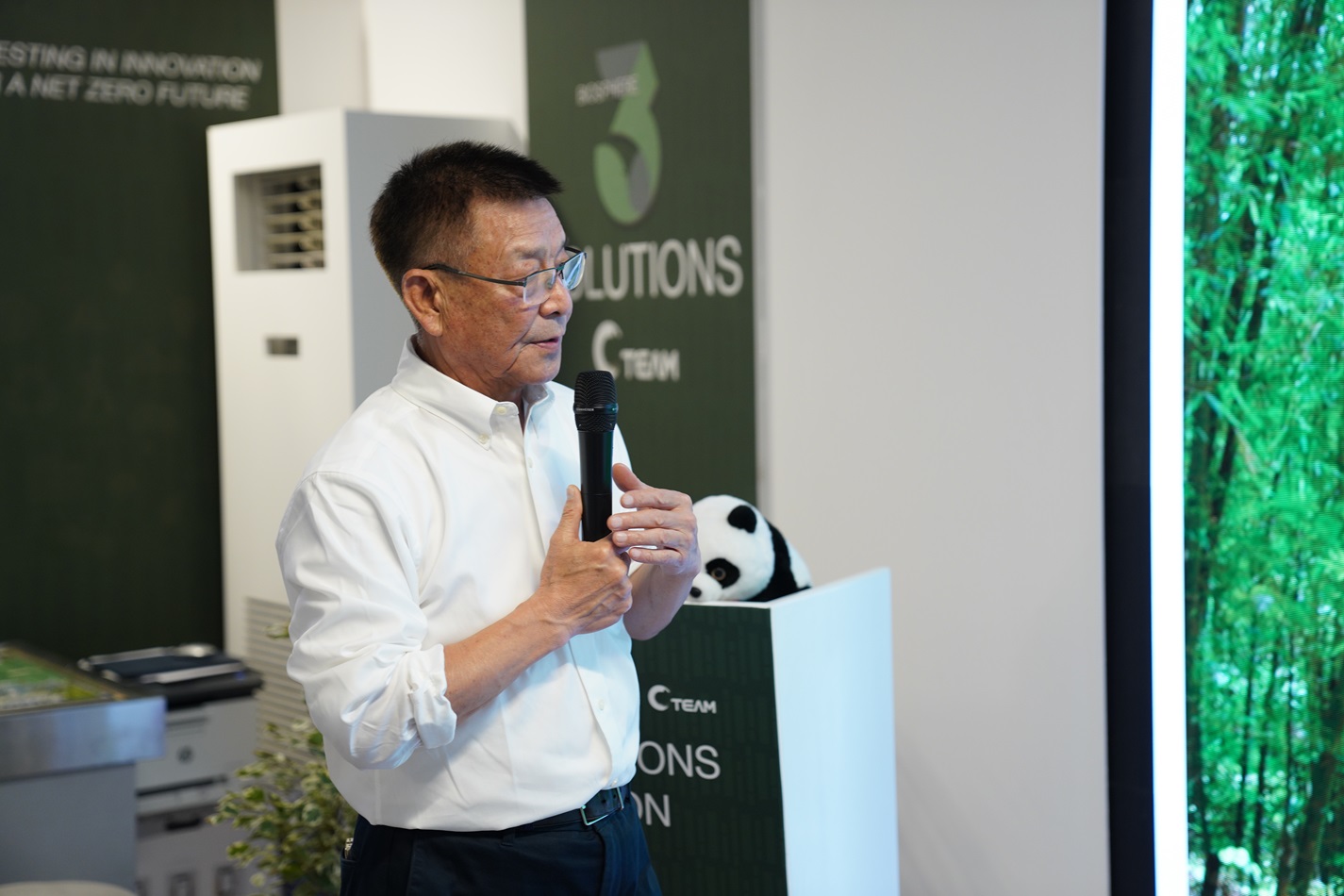
Larry Lin, the visionary founder of dasso, set the stage for the session with the theme "God's Gift," highlighting the extraordinary properties of bamboo. Lin highlighted bamboo's remarkable ability to mature in a mere 4-6 years, its capacity for self-propagation through rhizome cloning, and its exceptional carbon sequestration capabilities. The efficiency of bamboo in carbon fixation is astounding, with each hectare sequestering 24.3 tons of carbon annually — surpassing tropical rainforests by 1.33 times. Furthermore, bamboo exhibits three times the mechanical strength of wood. Lin presented compelling research demonstrating that, compared to bamboo, steel boasts an energy consumption ratio of 11.5 times, and aluminum a staggering 45.11 times. From growth to processing, bamboo stands as a carbon-negative building material.
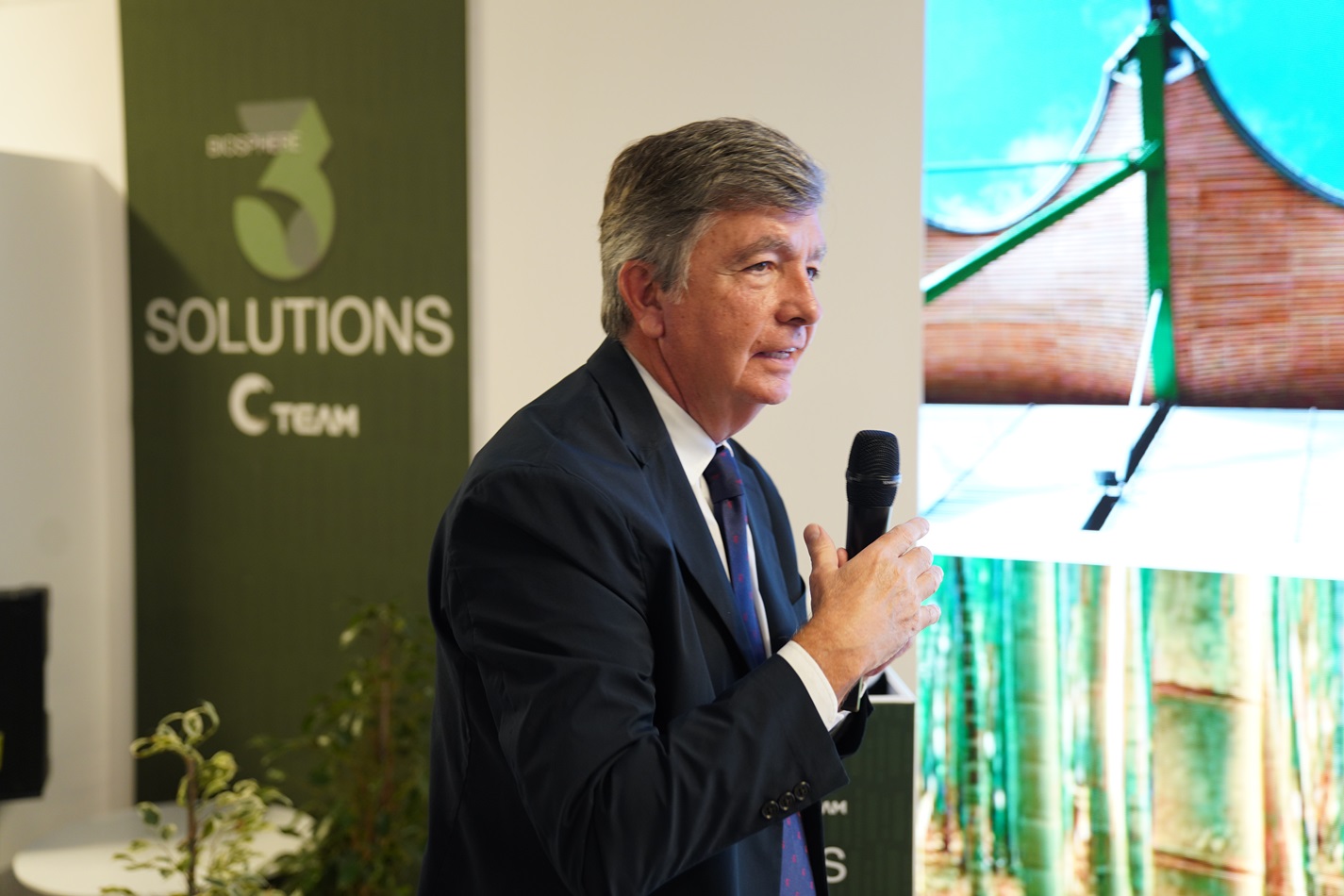
Renowned Spanish architect Carlos Lamela shared insights from his two-decade collaboration with dasso, highlighting the iconic Madrid-Barajas as a testament to the longevity and sustainability of bamboo. Lamela's design, featuring a wave-shaped bamboo roof, remains an enduring symbol of bamboo's viability as a building material. Notably, Madrid-Barajas Airport's Terminal 4, inaugurated in 2006, received the prestigious RIBA Stirling Prize from the Royal Institute of British Architects, thanks to its innovative use of bamboo.
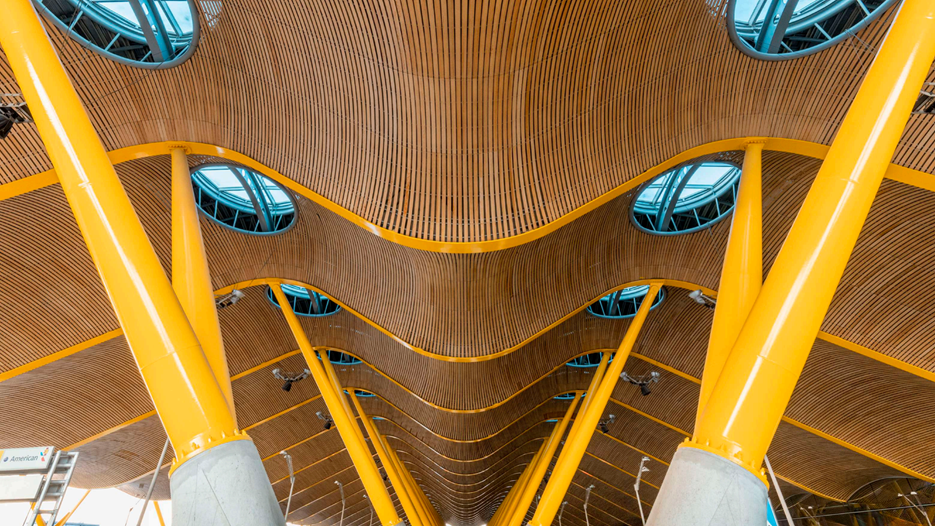
The airport's undulating bamboo roof, spanning 230,000 square meters, is a significant milestone in bamboo applications, setting a global benchmark for large-scale construction projects. Beyond aesthetics, the project marks a breakthrough in bamboo fire-resistant technology, adhering to the highest European standard, M1. This achievement underscores the adaptability and resilience of bamboo as a building material on the world stage.
As COP28 continues, dasso's advocacy for bamboo in sustainable architecture catalyzes transformative discussions and collaborative efforts. The Madrid-Barajas Airport project stands as a testament to the enduring potential of bamboo in revolutionizing the construction industry and contributing to a more sustainable and resilient future.
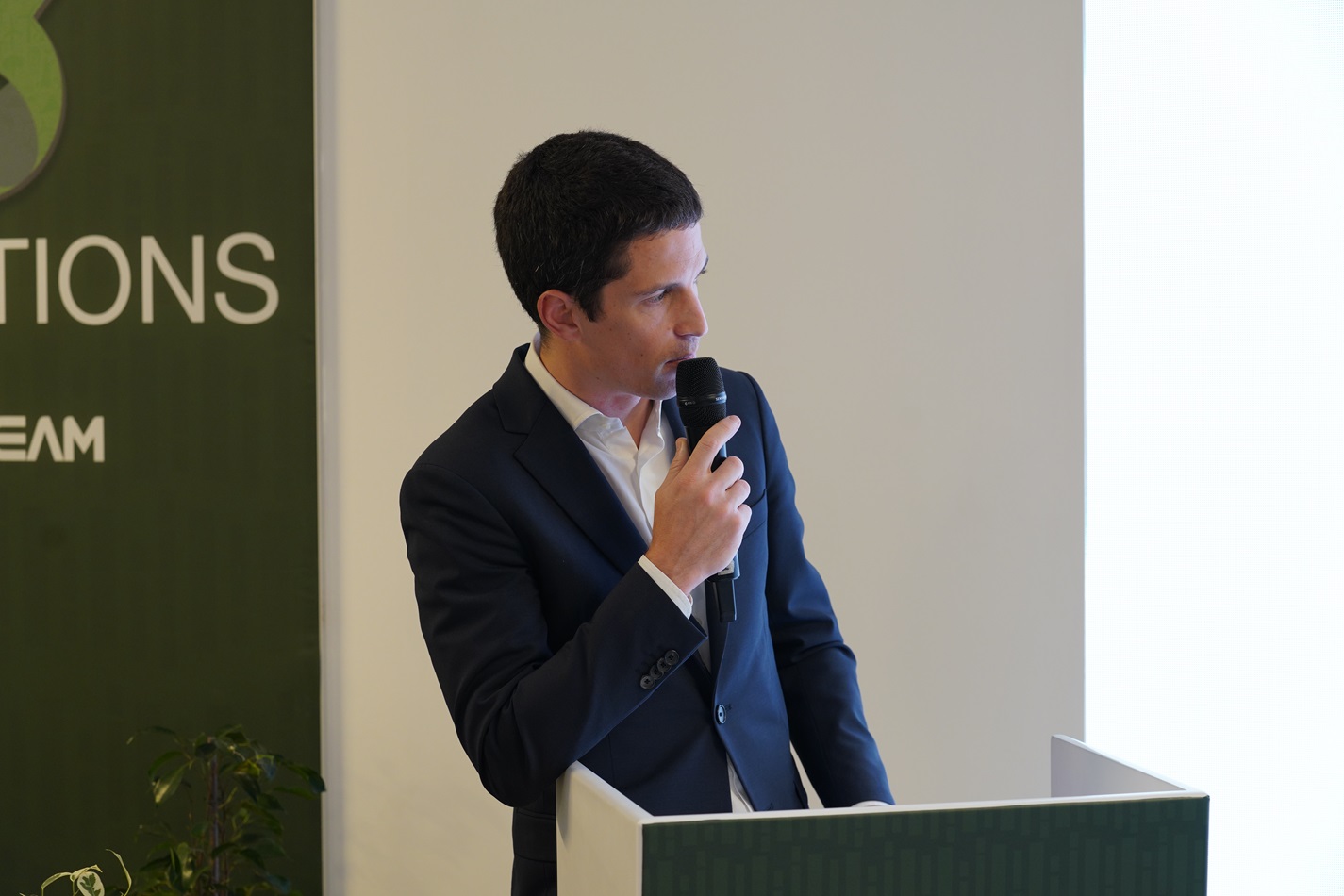
Joan Batlle Blay from the Spanish design firm Batlleiroig Arquitectura presented "Thinking in Biophilic Cities," discussing how bamboo, as a sustainable and environmentally friendly material, can maximize its aesthetic and eco-friendly features in urban architectural and landscape designs, achieving zero or negative carbon footprints.
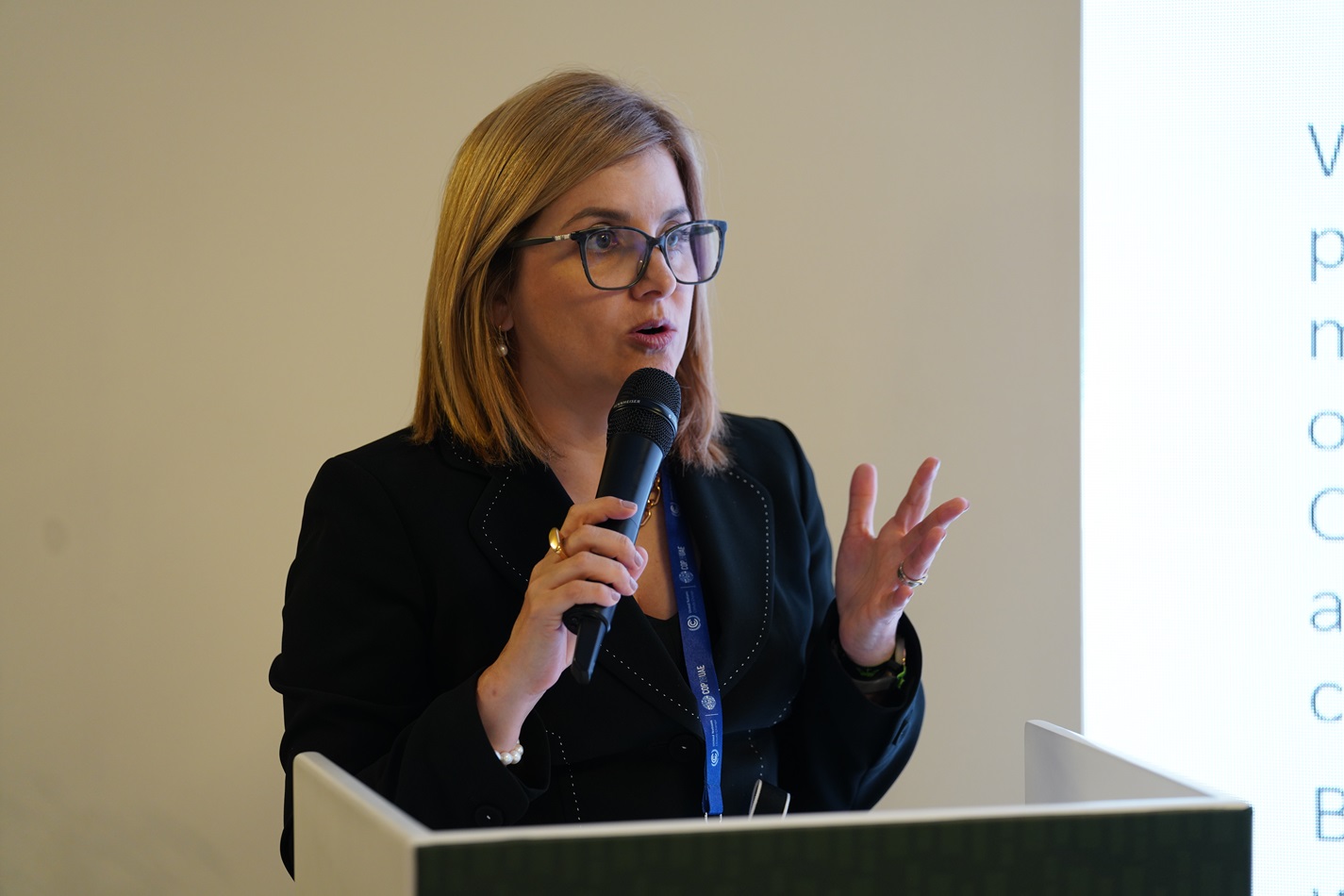
Ana Gabriela Hernandez, representing the developers of Nekajui, a Ritz-Carlton Reserve Residence Resort in Costa Rica, shared insights on integrating bamboo into the resort's architecture, including roofs, walls, stairs, beams, windows, and suspension bridges. The resort exemplifies how bamboo, a native, eco-friendly, sustainable building material, seamlessly blends with the natural surroundings.
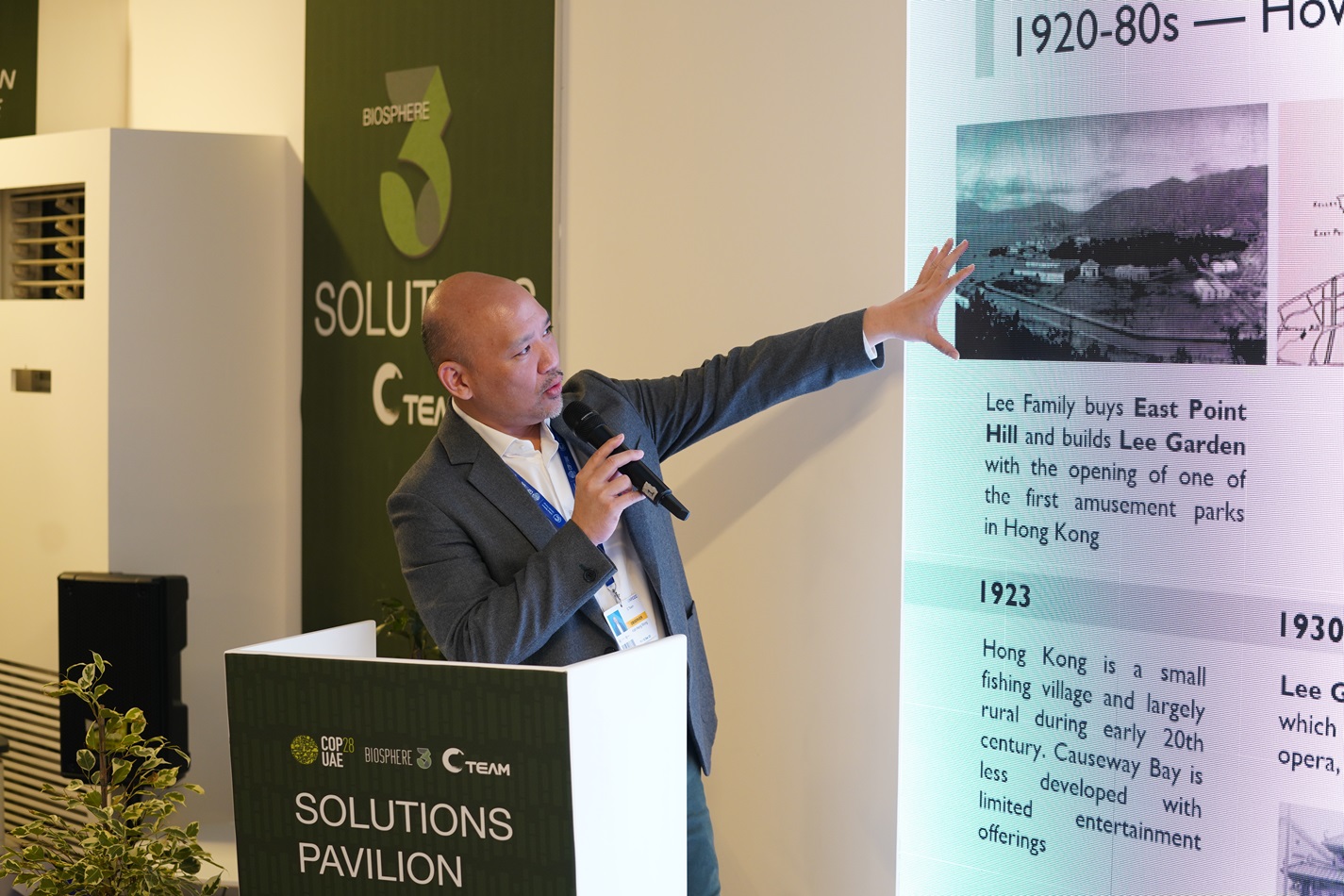
Wong Kah Hang from Hong Kong's Century-old Hysan showcased dasso's bamboo products in the renovation of Lee Gardens Mall, featuring decking in relaxation areas, seating surfaces, ceiling modifications, and replacement of exterior metal decorations. The bamboo materials have demonstrated remarkable performance in Hong Kong's humid and hot climate.

Stephan Vannucci, a French designer and developer from Iraq, shared ongoing projects incorporating bamboo into high-rise buildings in Erbil City, the fourth-largest city in Iraq. This project is set to become a landmark in the city for its environmentally friendly and sustainable design.
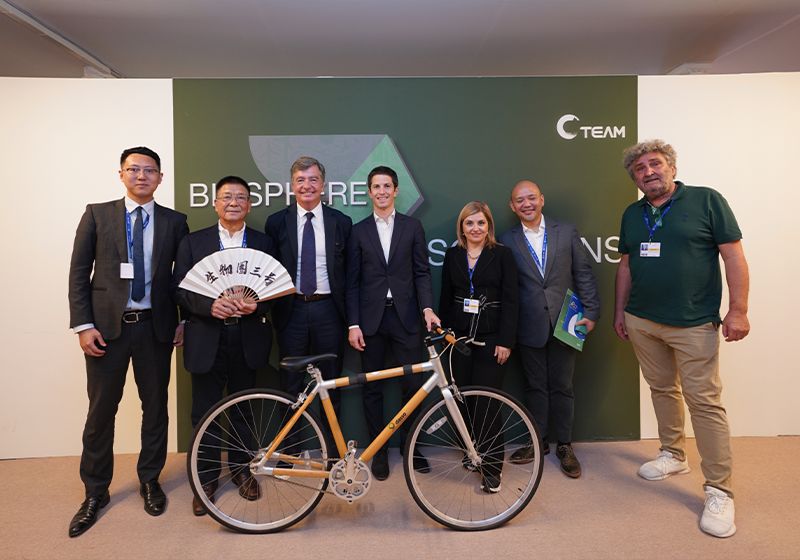
Having undergone rigorous testing and certification over the span of 30 years, dasso's bamboo products have emerged as industry leaders, showcasing their reliability and durability. The practical application of these products in numerous global projects, validated by designers and developers, has solidified dasso's position as a trusted name in outdoor decking and indoor wall panels.
As dasso reflects on its three-decade journey, it eagerly anticipates forging ahead with new collaborations alongside exemplary developers and designers internationally. By consistently delivering high-quality bamboo solutions, dasso is poised to play a pivotal role in shaping the future of sustainable architecture. The company remains dedicated to illuminating the global landscape with innovative and eco-friendly building materials, contributing to the advancement of sustainable practices on a worldwide scale. The success stories of dasso's bamboo products stand as a testament to their enduring quality and significant role in advancing sustainability principles across diverse architectural projects.
























